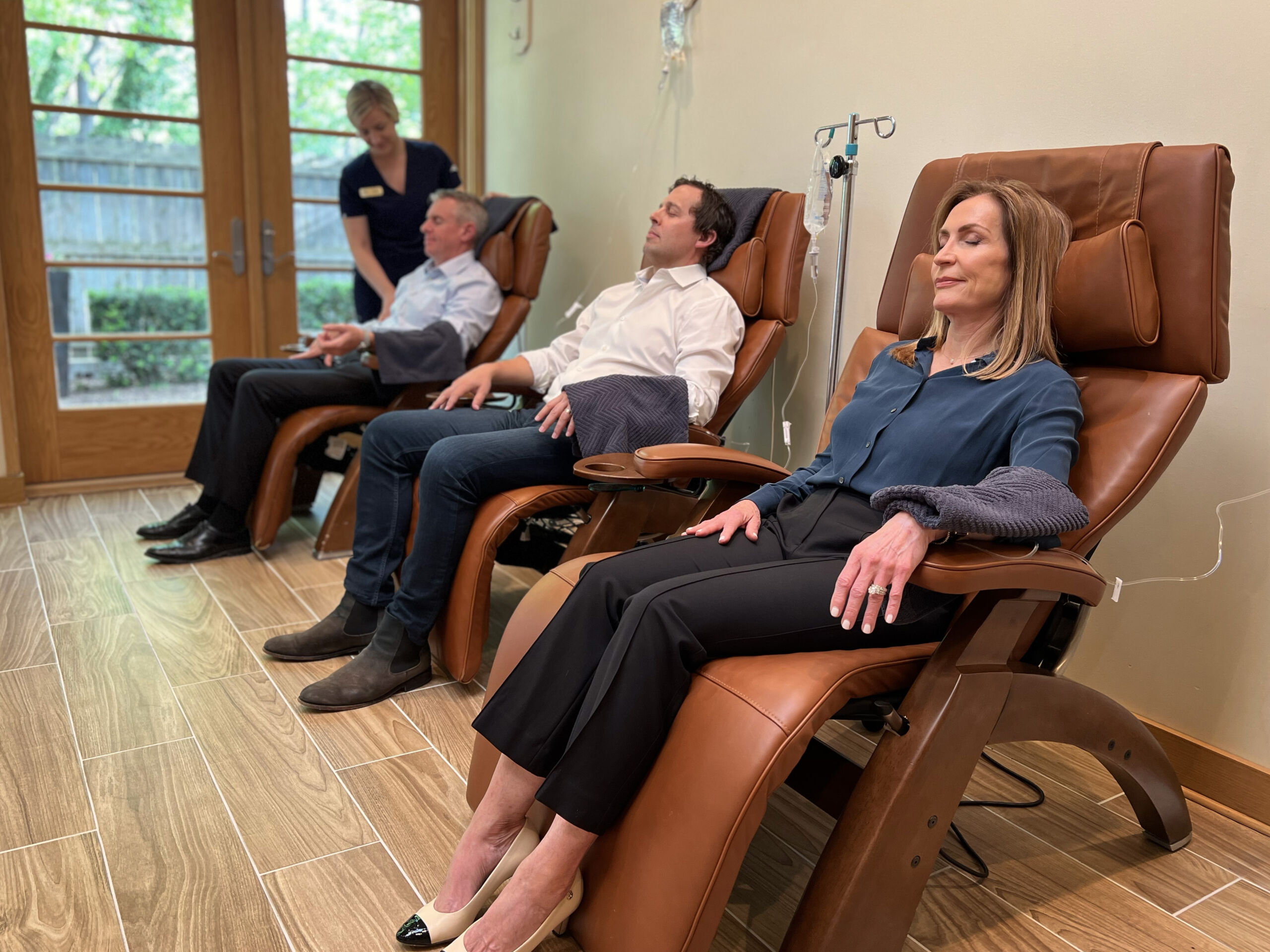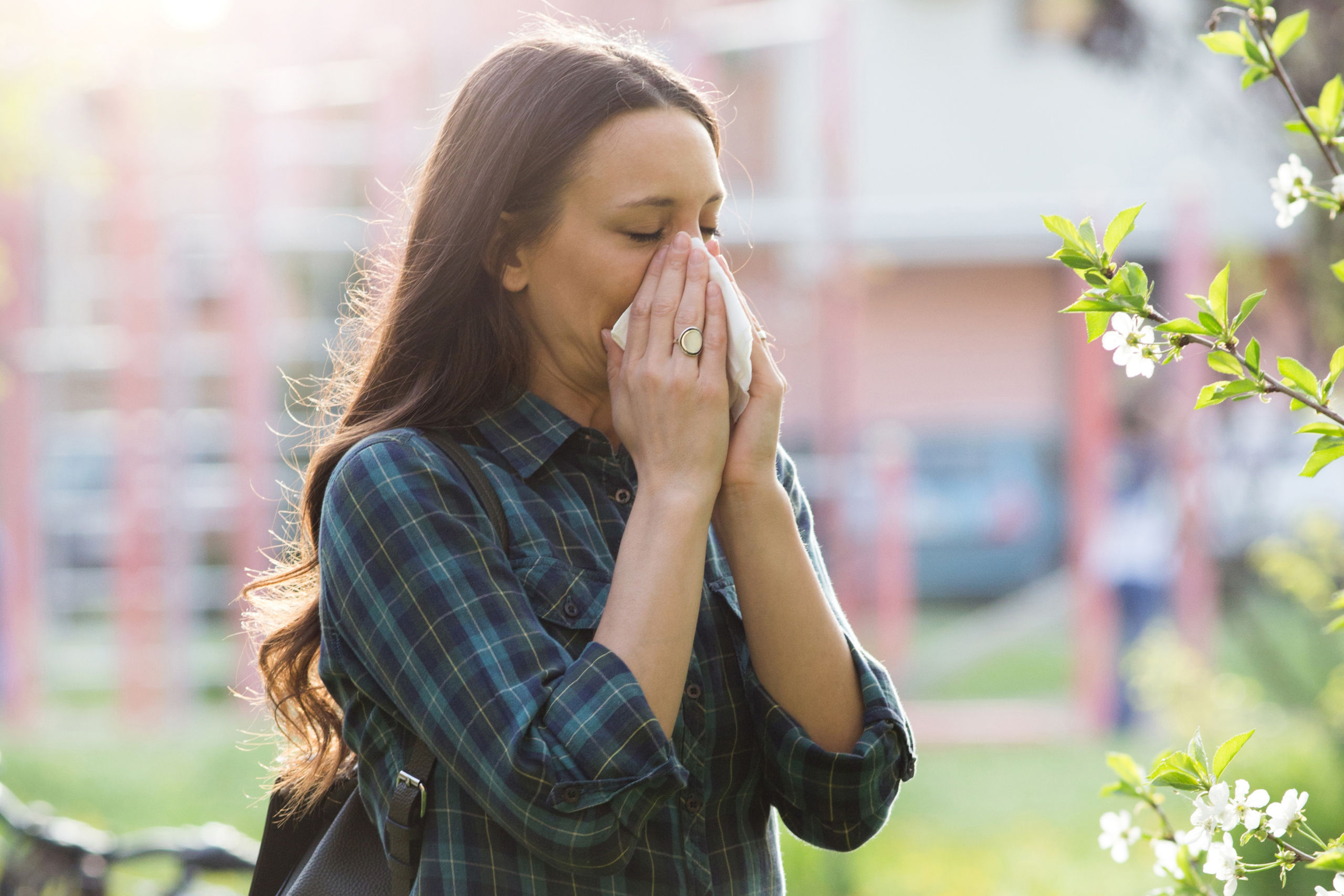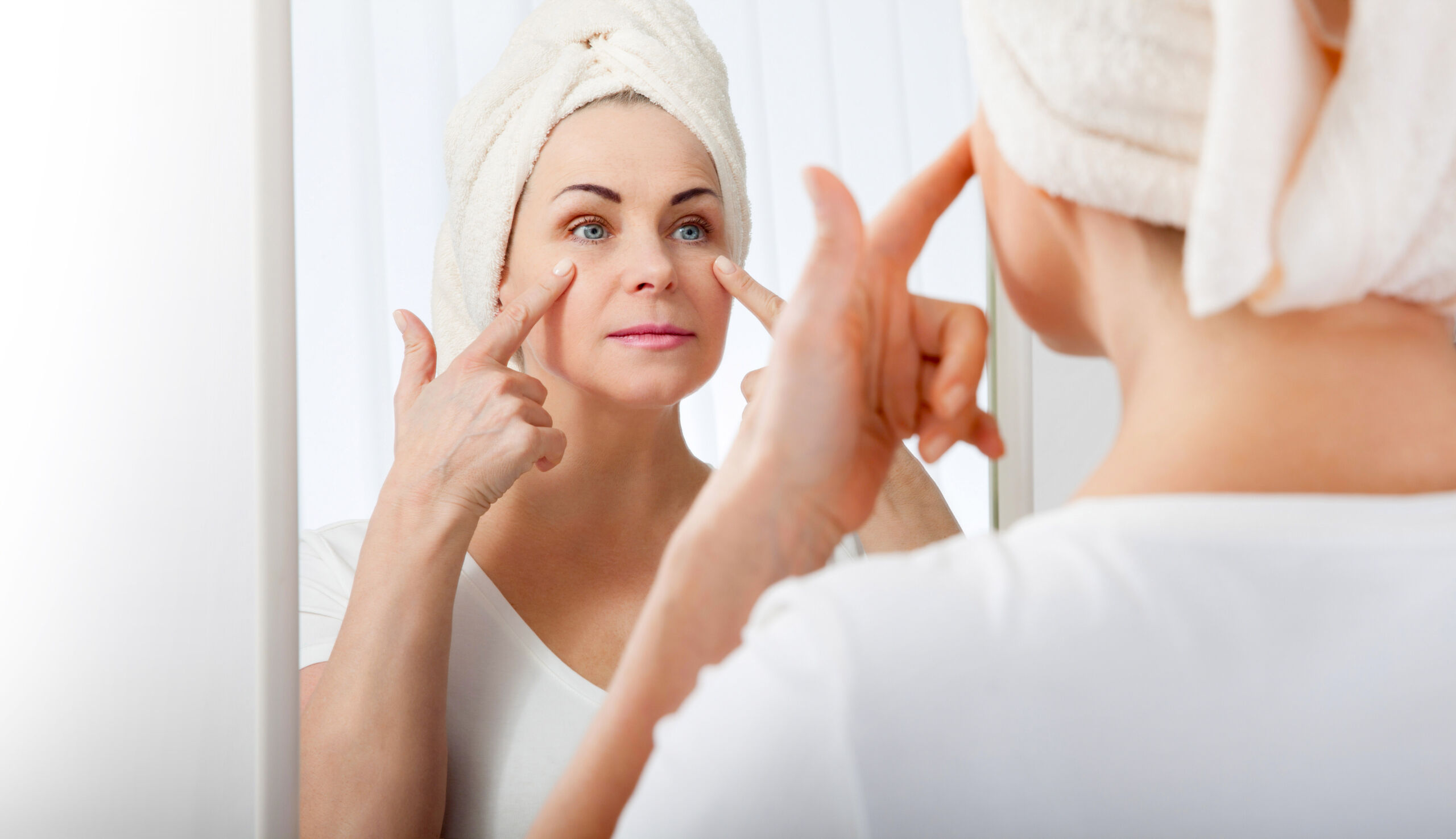You’ve seen it. You’ve heard about it. You may even have some of it lurking in your basement. But do you know just how much it can actually influence your health?
Mold is everywhere. It travels through the air outside and inside in the form of spores, and you inhale them regularly. For the most part, these spores are harmless. But the real trouble comes when spores find patches of moisture and grow into toxic mold that can continue to grow in places where you spend a lot of time — like your home or your office building. When toxic mold is present indoors in your space, it becomes a much more constant threat to your health.
Now consider this: Have you ever experienced prolonged symptoms with seemingly no explanation? Maybe you were fatigued, or had ongoing headaches, brain fog, or musculoskeletal pain that just wouldn’t go away. You may have even seen multiple doctors who couldn’t come up with a cause for your discomfort. Mold toxicity may be the culprit.
The What, Why, and How of Mold Toxicity
Mold toxicity is a tricky condition to navigate, but oftentimes, it is responsible for those pesky, unresolved symptoms. And it’s more common than you may expect: “There are approximately 5-10 million people in the US walking around with mold toxicity at any given time,” says Dr. Scott Jamison, functional medicine physician at PALM Health.
The picture is complex when it comes to mold toxicity. First of all, the symptoms related to mold toxicity can vary greatly. Many people experience just one or two mild respiratory symptoms, while others become so sick that they are bedridden. Sometimes, mold toxicity can even manifest as personality change, electrical shocks, poor memory, and confusion.
So, how does mold actually get into your system and cause illness? Remember that some level of mold exposure is normal — everyone is exposed in some capacity to mold spores outside in the environment, especially during season changes and in certain geographical locations. This kind of mold can make you sneezy or congested and is considered an allergy, but not toxicity.
When mold grows in moist, indoor areas, it becomes toxic and produces mycotoxins, which are the poisonous particles that actually make you sick. When mold grows inside of your home or workplace, the mycotoxins released from it can travel through drywall and floorboards. Thus, even if the mold is growing deep in your walls or ceiling, you may still be breathing in the mycotoxins.
When inhaled, mycotoxins can be acutely inflammatory in the lungs, brain, kidney, and other organ systems. This is what can cause you to become ill from mold toxicity. In more severe cases, you may even inhale the toxic mold spores themselves. The spores can set up camp in your sinuses and colonize, releasing mycotoxins within your body.
Treating Mold Toxicity
Because it is so common and yet vastly unrecognized in conventional medicine, functional medicine is quick to consider mold toxicity when looking into unresolved symptoms. “When patients have persisting symptoms that won’t go away, or even have a multisystem disease that isn’t getting better, we start to consider the possibility of mold toxicity,” says Dr. Jamison. Since mycotoxin illness can not only make you sick but also aggravate existing conditions like Lyme disease, it’s important to take care of the hidden root of the problem.
The primary test for mold toxicity checks your urine for mycotoxin levels. According to Dr. Jamison, everyone probably has some level of mycotoxins, but those who are sick from mold will show higher concentrations. “There are levels that are considered to be ‘in control,’ which depends on the person’s individual health, lifestyle, and how well they regularly detox, but beyond those levels it can be a serious issue.”
Once the mold toxicity has been discovered, treatment involves several elements. First and foremost, it’s imperative to eradicate the source of the mold itself. Check your house for mold — if problem areas are found, they must be addressed immediately so you don’t continue breathing in mycotoxins.
Then, based on the type of mycotoxins in your system, you’ll likely begin a binder protocol. “Binders” are fibrous substances like activated charcoal, chlorella, or resins that bind to the mycotoxins within your body, sop them up, and eliminate them from your system. This will alleviate symptoms as the mycotoxins are expelled.
If you are struggling with a more chronic situation, where the mold is colonizing in your respiratory tract, digestive tract, sinuses, or elsewhere in your body, treatment may be more involved. In these cases, the mycotoxins are being produced inside of you, so you’ll probably need an antifungal treatment to target and eradicate the actual mold spores themselves.
Since the level and source of mold toxicity varies widely and the symptoms can be so spread across the board, treatment can be quite complex, and long-term. “It typically takes 6-18 months for a full-scale treatment to take effect and fix the problem,” says Dr. Jamison.
How to Prevent Mold Illness
Luckily, there is a lot you can do to avoid getting sick from mold exposure. If you have a water leak, take care of it as quickly as possible to prevent the growth of mold in the area. Just because a leak was fixed plumbing-wise doesn’t necessarily mean there isn’t any mold from it. A home mold test can help you be sure that leaks and other issues don’t turn into something more serious.
On a day-to-day basis, make sure your house is clean — dust your surfaces often and thoroughly. Air purifiers help keep toxins out of the air you’re breathing in your home or workplace. Dehumidifiers eliminate extra moisture in the air that can encourage mold growth.
Mold toxicity is a serious condition that can result in long-term illness. Taking steps to prevent exposure to mycotoxins is essential, but if you have experienced ongoing, unresolved symptoms like muscle and joint pain, fatigue, brain fog, headaches, or even digestive issues, consider getting tested for mold toxicity — it could just be the root of those symptoms.
PALM Health is an innovative, whole-person medical and wellness company that helps people reach and maintain well-being. Our experts in medicine and wellness empower people to transform their health, become more resilient, and feel their personal best in mind and body.








